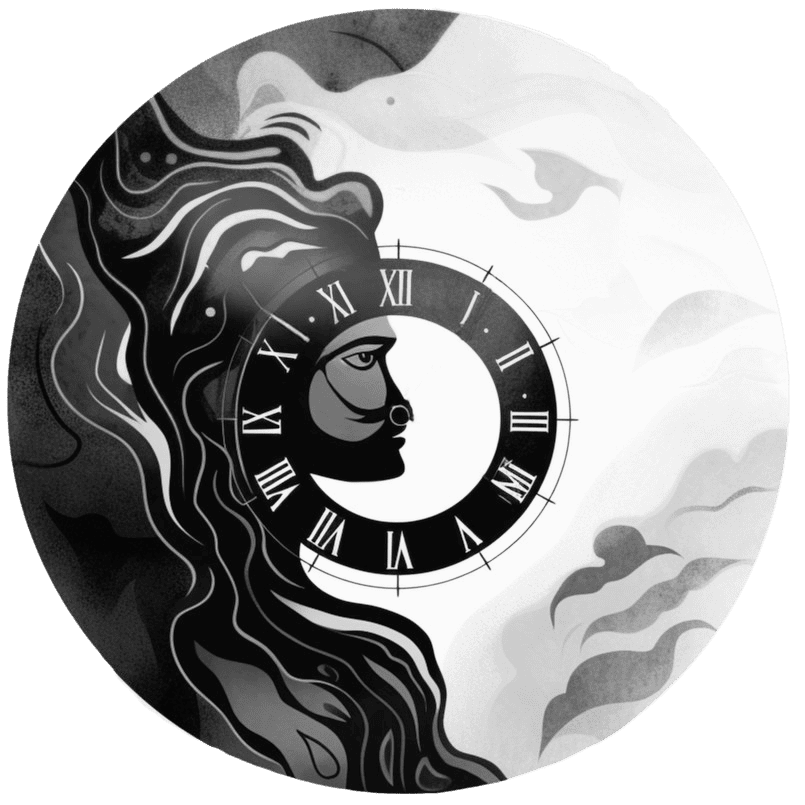Shedding Light on the Unconscious
Beneath the surface of our waking consciousness lies a vast, largely unexplored inner landscape that profoundly shapes our lives. Sigmund Freud pioneered the field of psychodynamics in the late 19th century to shed light on this realm of the unconscious mind and its powerful influence over human behavior and relationships. While controversial in its time, psychodynamic theory opened the door to deeper self-understanding by revealing the existence of unconscious drives, defenses, and conflicts within. Today, the fundamental insights of psychodynamics continue to provide tools for illuminating the hidden forces within us, facilitating growth, healing, and wholeness. By illuminating the unconscious, we can take responsibility for our lives and consciously create ourselves anew.
Fundamentals of This Impactful Psychological Perspective
Psychodynamics explores the psychological forces underlying human behavior, especially the role of the unconscious mind.
From a spiritual view, it prompts inquiry into how unknown aspects of ourselves unconsciously shape our lives until brought into awareness.
Noticing unconscious patterns at play in yourself and society provides growth opportunities.

“That which we do not bring to consciousness appears in our lives as fate.” – Carl Jung
- Explore a recurring conflict in your relationships – you may uncover an unresolved hurt driving the dynamic.
- Social issues like inequality often have roots in collective psychological shadows – how can we consciously transform these?
- Dreams, fantasies, and free association reveal our subconscious landscape – shining light here dissolves old limitations.
Psychodynamics empowers our inner work by unveiling the previously hidden. Our blindspots and projections keep us trapped until we are courageously illuminated.
